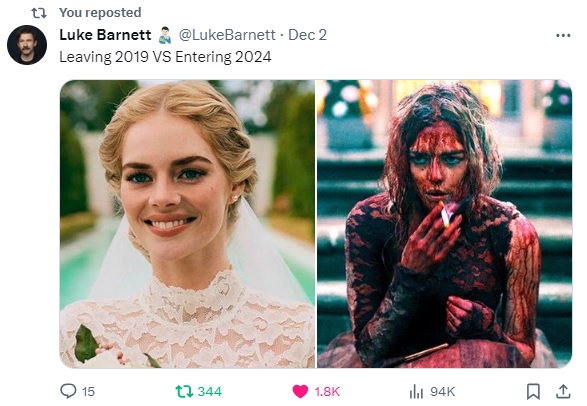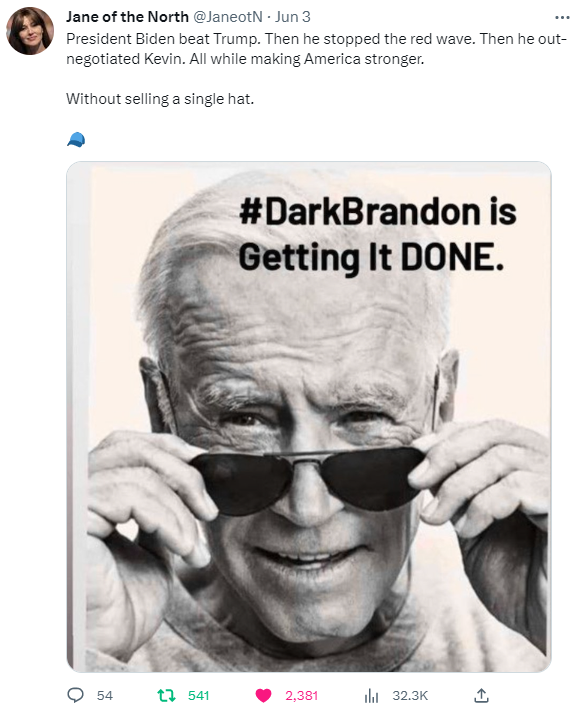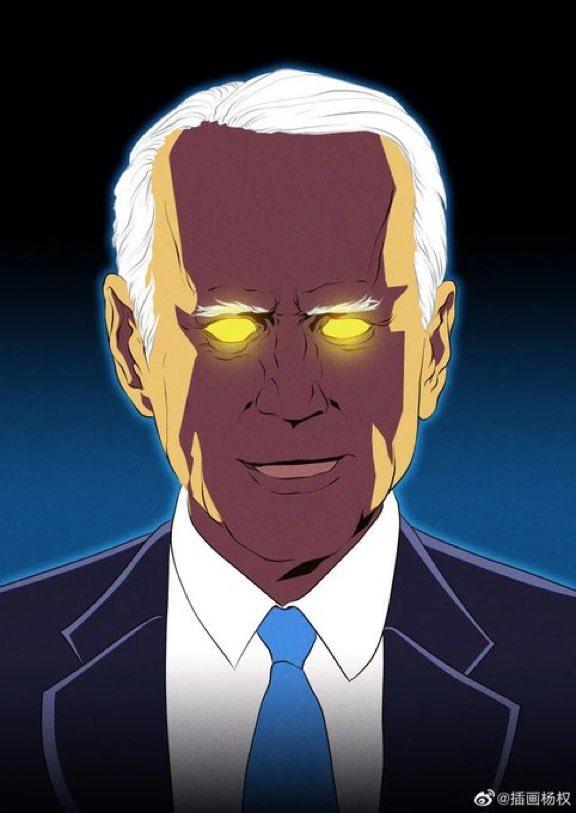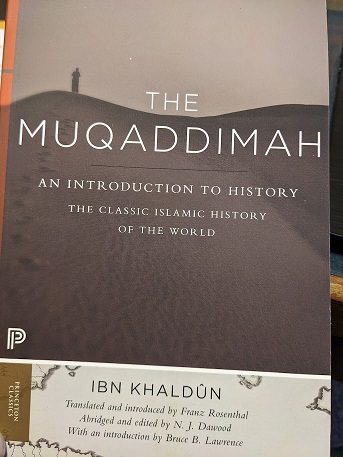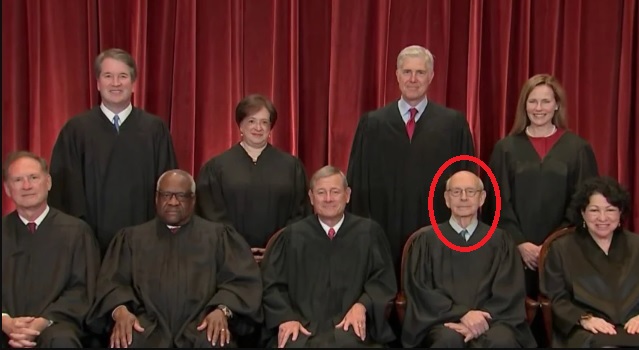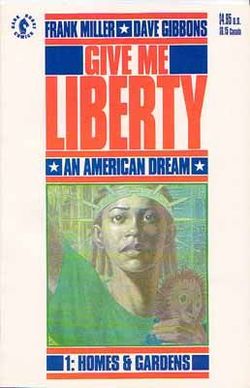Emojis at Work – How Social Media Infiltrated the Workplace
I still remember the excitement when the first iPhone came out in 2007; only a few people were using this new kind of mobile phone, but boy were they delighted with it. At the same time, everyone was jumping onto Facebook, which had just opened up to the general public in 2006.
Fast forward to a decade and a half later, and everyone has a touchscreen phone (I got my first one in 2014). Social media platforms have proliferated, and are a constant, pervasive feature of daily life.
Once, employers tried to prevent workers from browsing the Internet during the day, but such efforts have been abandoned. Everyone is on their phone all the time. In fact, the software used to officially collaborate in the workplace looks a lot like the apps we use in our personal lives.
At least, that’s been my experience as a white collar professional in a cubicle environment. I’m a middle-aged GenXer, and my career is split pretty evenly between the world before social media, and the world after. I’ll explore what that’s been like for me a little more in this post.
I joined Facebook in 2008, because all of my coworkers were doing it and I didn’t want to be left out. It was a clear case of FOMO (Fear Of Missing Out), a term then recently introduced, to explain how social networks stimulate compulsive following and mimicking behavior. I friended all of my coworkers, and had fun setting up my profile and exploring the site.
Do you remember those days, and how primitive the Facebook interface was compared to today? Your main profile page was called your “wall” and to post on it, you “updated your status.” If you look back at your posts from fifteen years ago, you’ll see how diffferent they were. They seem kind of awkard and tentative, like we all didn’t quite know what to do with this new way of communicating.
Back then, there was a site called “Please Rob Me” that tried to raise awareness about the dangers of sharing the fact that you weren’t home, like someone was wondering how anyone could be stupid enough to do that. The site is defunct now, and today it is routine for people to tag their locations when they go out, even though we all know we’re giving valuable information away to giant corporations (the ones who are really robbing us).
Back then, as employees found themselves sucked into their Facebook feeds, companies started blocking the website from their local intranets. They established policies about what employees were allowed to post on social media platforms, warning them against representing the company or divulging corporate information.
In the late 2000s, the world was just getting used to social media, and its implications. Today, a decade and a half later, social media is routine in our daily lives. Everyone accesses social media platforms from their smartphones on a more or less continuous basis, even while at work, and employers have no chance of stopping them.
One thing I’ve decided since those early days is that it is best to keep my work life and my personal life separated, where social media is concerned. I no longer send Facebook friend requests to my coworkers, as I did back when I first joined the site. But that’s just how I personally manage my online presence. For other people, depending on their line of work, it might be better or even necessary to network and post about work across all social media, and have less of a distinction between personal and professional social spaces.
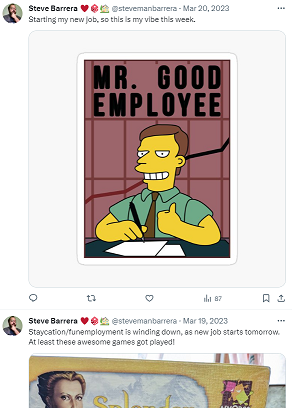
That’s not to say that social media isn’t a part of my work life at all. There are, as you well know, work-specific social media sites, such as LinkedIn, where I do make sure to connect with my coworkers. The Intranet at the company where I work uses software that has posts and feeds that resemble those on any other social media platform, and while I’m not particularly active there I do browse, to get a feel for the corporate culture.
I also sometimes post about work on my personal social media accounts, but in a sly way. I don’t want to reveal where I work, but just say something about work that’s clever, maybe even vaguely subversive, hoping for likes and shares. I’ve included an example screenshot in this blog post. You can see that I got zero engagement.
Social media conventions have infiltrated workaday tasks as well, such as is in the use of emojis and reactions in online conversations. I have long been using messaging software in the workplace; I remember Skype being in place in the office back in 2002. I also remember that at as emojis started coming into use in personal messaging, I was hesitant at first to include them in work conversations. It just seemed somehow unprofessional to use a smiley face in a work related chat.
But, in time, it simply became a norm. On the messaging software I use at work now, there are emoji reaction options, and my coworkers and I routinely “thumb up” and “heart” one another’s messages. It’s just a way of signalling agreement or showing appreciation. Workplace communication has become more friendly and informal than in the past, and I think this reflects a preferred mode for today’s mostly Gen X and Millennial workers.
For me, a Gen Xer who adopted less formal modes of communication in the latter portion of his career, it’s been an adjustment. But for many of my coworkers, who are Millennials twenty or thirty years younger than I am, it must just seem like the normal way people communicate in the digital space. For Boomers, experiencing these changes at the tail ends of their careers, it might seem too informal or alien to their expectations.
I suppose I shouldn’t speak for others, especially if they are from a different generation. These are just my thoughts on the matter. There’s no denying that the proliferation of smartphones, along with ubiquitous access to the Internet and its software platforms, has changed our daily routines, including our work routines. Please feel free to share your own experience in the comments below.
